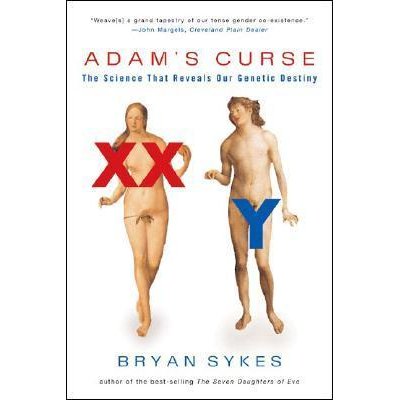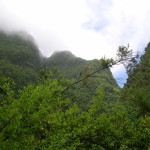B1.2 Generalised structure of an amino acid
Q) These are two amino acids Leucine and Glycine. Observe the differences and similarities between the two molecules.
General structure of an amino acid.
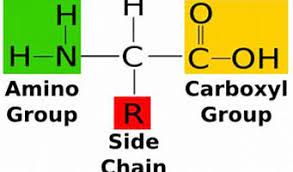
Amino acids are the monomers that build the polymers called polypeptides, from which proteins are made. Collagen, for example, is made from three polypeptide chains twisted into a triple helix.
Q) What part of an amino acid varies, determining the specific amino acid that is represented?
B1.2.2 Condensation reactions forming dipeptides and longer chains of amino acids
Amino acids bond together by condensation reactions, each bond eliminating one molecule of water. The water comes from removing a hydroxide bond from the carboxyl end of one amino acid, and a hydrogen from the amine end of another amino acid.
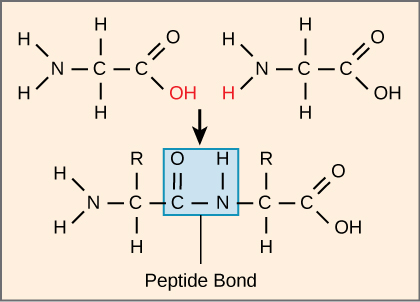
Discussion: If leucine joins with glycine, a dipeptide is formed. Draw the the formation of this dipeptide in two steps, showing the formation of the peptide bond.
B1.2.3 Dietary requirments for amino acids
In nutrition, the term Essential means that is must be included in the diet. Non-essential means the converse, it need not be included in the diet.
There are 20 amino acids, each with a different R-group.
Nine of them are essential.
The other 11 are non-essential, which means they can be made from the essential ones, through metabolic reactions which change the R-groups.
Successful diets must contain a mix of foods that cover all nine essential amino acids.
Data-based question: Complete the data-based question on evaluating protein sources.
B1.2.4 Infinite variety of possible polypeptide chains
As there are 20 possible amino acids, a dipeptide has a possibility of 20×20 = 4oo different possible sequences.
For a polypeptide of 400 amino acids, there is a possibility of 20 to the power of 400 possible combinations.
It is this almost infinite number of combinations, which makes proteins the essential building blocks of life.
Discussion: Use the linkhttps://molview.org/ to research the structure of a protein you know. How many polypeptides is it made from, what links can you make between the overall shape and that proteins function?
B1.2.5 Effect of pH and temperature on protein structure

Discussion: Raw salmon and cooked salmon are both considered tasty. But what has happened to the proteins in salmon to create this difference. And why is this difference not reversible?
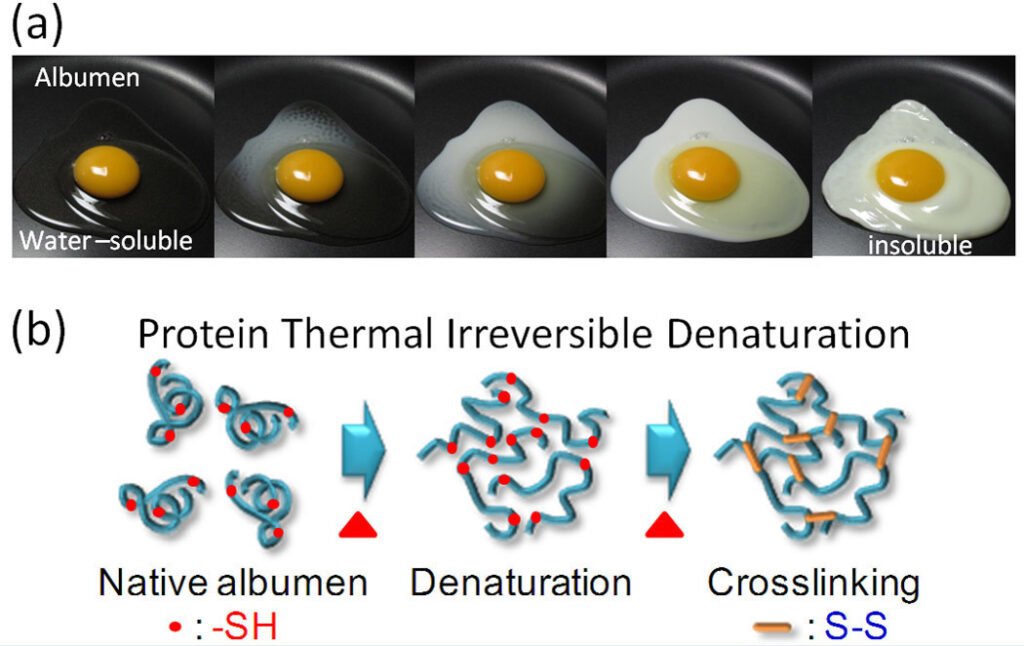
Discuss: this image shows what happens to egg white when it is cooked. What observations can you make about the changes to the protein structure?
Denaturation
Denaturation is defined as irreversible changes in the structure of a protein casued by the breaking of bonds between the r-groups of amino acids.
Denaturation can be caused by extremes of temperature and pH.
Discussion Q) Why does this explain why we cook food and pickle foods?
